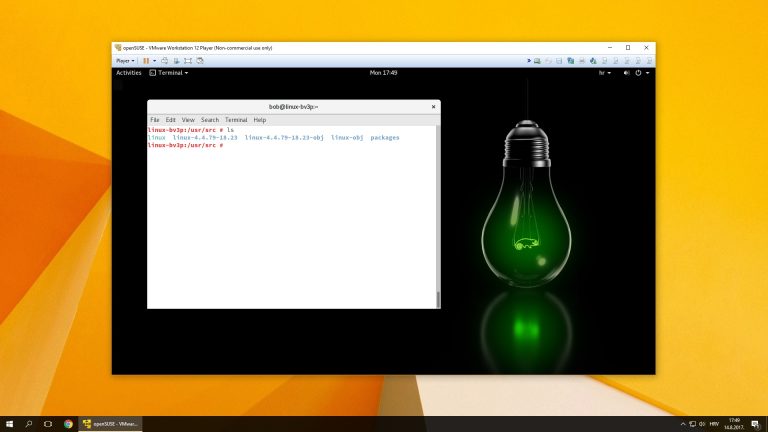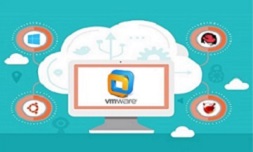Virtual machine explained
A virtual machine (VM) can be defined as a software computer that, just like a physical computer, runs an operating system and executes programs. A virtual machine contains its own virtual hardware, such as the virtual CPU, memory, hard disk, and network interface cards, which provide the same functionality as the physical hardware to the operating systems and applications.
A virtual machine uses the physical resources of the physical host on which it runs. It interacts with installed hardware through a software component called the hypervisor. The hypervisor provides the physical hardware resources dynamically as needed and allows virtual machines to operate with a degree of independence from the underlying physical hardware. Two types of hypervisors exist:
- type 1 – runs directly on the host’s hardware to control the hardware and manage guest operating systems.
- type 2 – runs on a conventional operating system, just like any other computer program.
VMware Workstation Player is an example of a type 2 hypervisor, which means that it is installed inside an existing operating system (such as Microsoft Windows or one of the numerous Linux distributions).
Consider the following example:
In the picture you can see that I have installed Player on Windows and I am running a Linux distribution (openSUSE) as a guest operating system in Player. Since VMware Workstation Player is a type 2 hypervisor, it needs to be installed inside an operating system – Windows 10 in my case.




